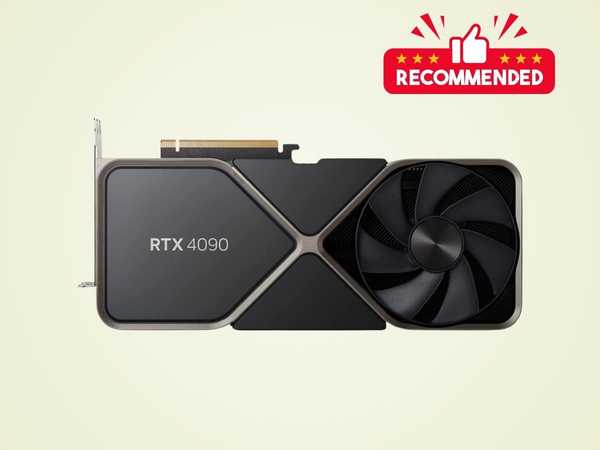The NVIDIA GeForce RTX 4090 has been a hot topic in the tech community since its announcement, stirring discussions about its performance, pricing, and suitability for various applications, including deep learning. In this detailed review, we'll dive into the RTX 4090's capabilities, focusing on its performance, memory, power efficiency, price, and compatibility, particularly from a deep learning perspective.
Performance
The GeForce RTX 4090 is a behemoth in terms of raw performance. Built on NVIDIA's latest Ada Lovelace architecture, it significantly outpaces its predecessors. For deep learning and AI tasks, the RTX 4090's performance is nothing short of revolutionary. It features a massive core count and the new generation of Tensor Cores, which are optimized for AI operations. This GPU can handle complex neural networks and massive datasets with ease, drastically reducing the time required for training models compared to earlier models like the RTX 3090.
One of the standout features for AI researchers and enthusiasts is the support for FP8 precision. This new precision mode allows for faster computations and more efficient memory usage, which is crucial when working with large models. The RTX 4090 not only excels in traditional deep learning tasks but also shows remarkable performance in generative adversarial networks (GANs), natural language processing (NLP), and other advanced AI applications.
Memory
When it comes to deep learning, memory capacity and bandwidth are critical, and the RTX 4090 is well-equipped in this department. With 24 GB of GDDR6X memory, it offers ample space for large models and datasets. The memory bandwidth of 1 TB/s ensures that data feeding the GPU cores does not become a bottleneck, which is often a critical issue in high-performance computing tasks.
This large memory pool also allows for multitasking, where users can run multiple models simultaneously or perform data preprocessing on the GPU itself, saving valuable time and resources. For home labs and researchers, this means more flexibility and the ability to experiment with more complex models without worrying about memory limitations.
Power Efficiency
Despite its powerful performance, the RTX 4090 is surprisingly efficient, thanks to NVIDIA's advancements in GPU architecture and manufacturing processes. With a TDP of around 450 watts, it certainly requires a robust power supply and cooling solution, but the performance-per-watt ratio is impressive. For deep learning practitioners concerned about energy consumption, especially those operating in regions with high electricity costs, the efficiency of the RTX 4090 is a significant advantage.
It's worth noting that the actual power efficiency can vary based on the workload and the operational environment. However, when compared to using multiple lesser GPUs to achieve similar performance, the RTX 4090 can be a more energy-efficient and space-saving solution in the long run.
Price
The pricing of the RTX 4090, starting at $1,599, is a point of contention. It is undoubtedly a premium-priced GPU, reflecting its top-tier performance and capabilities. For hobbyists and those just starting with deep learning, this price point might be prohibitive. However, for serious practitioners and researchers who need the computational power, the RTX 4090 offers value for money given its capabilities.
The high cost is somewhat mitigated by the potential savings in time and the ability to handle more complex tasks that would otherwise require more expensive setups or cloud computing resources. For those able to invest in this GPU, the price can be justified by the sheer increase in productivity and capabilities.
Compatibility
The RTX 4090 uses the new PCIe Gen 4.0 interface, which is compatible with most modern motherboards. However, potential buyers should ensure their system can physically accommodate this behemoth of a card, as it is quite large and requires a robust cooling system. Additionally, the power supply requirements (a PSU of at least 850 watts is recommended) might necessitate an upgrade for some users.
Software compatibility is excellent, with support for all major deep learning frameworks like TensorFlow, PyTorch, and others. NVIDIA's CUDA, cuDNN, and TensorRT libraries are optimized to leverage the capabilities of the RTX 4090, providing an integrated environment for developing and deploying AI models.
Conclusion
The NVIDIA GeForce RTX 4090 is a powerhouse GPU that sets a new standard for deep learning performance at home. Its combination of raw power, high memory capacity, and efficiency makes it an attractive option for serious AI researchers and enthusiasts. While the price is on the higher side, the value it offers in terms of productivity enhancements and capabilities can justify the investment for those focused on cutting-edge AI development. For anyone looking to build a home lab capable of handling the most demanding AI tasks, the RTX 4090 is undoubtedly the best GPU on the market today.




